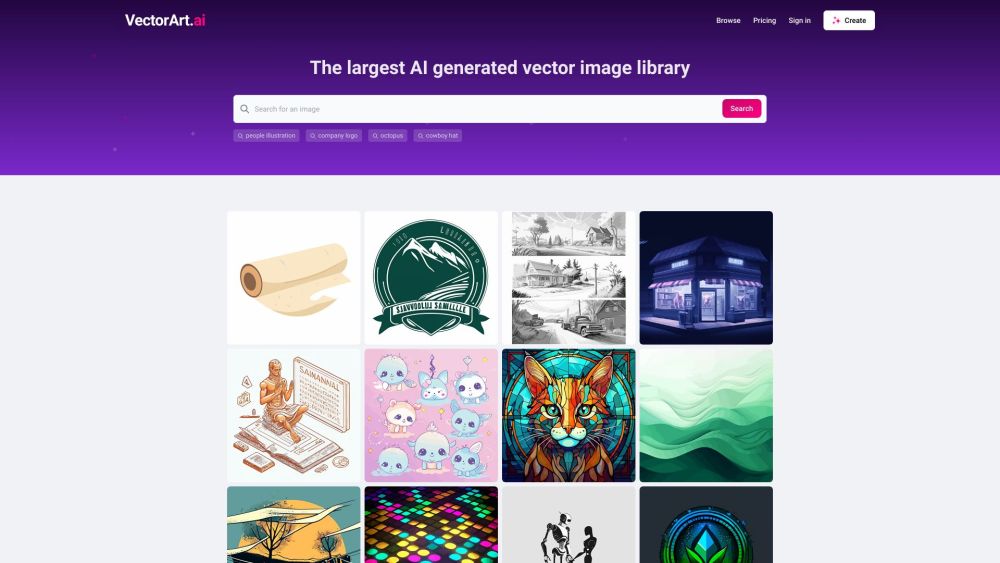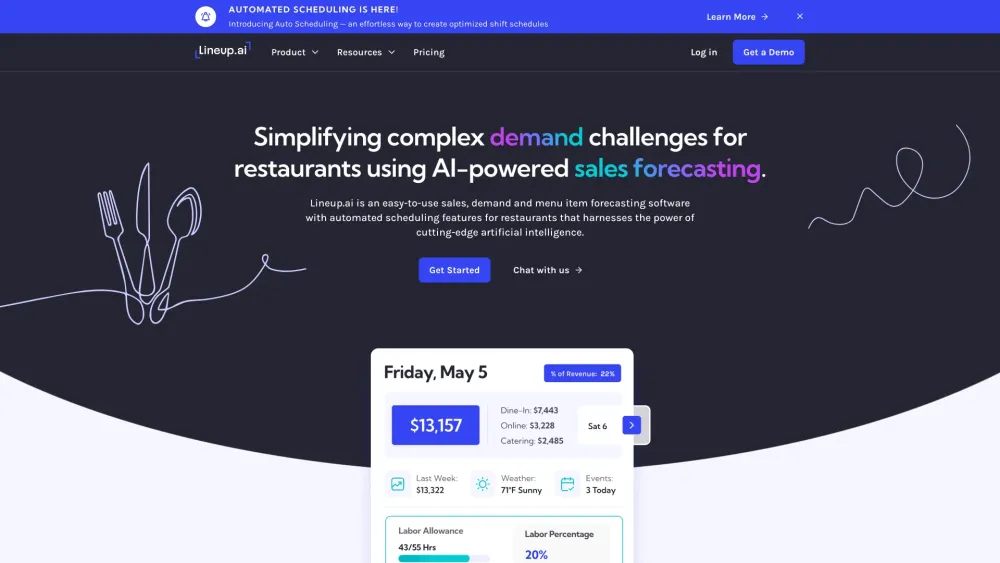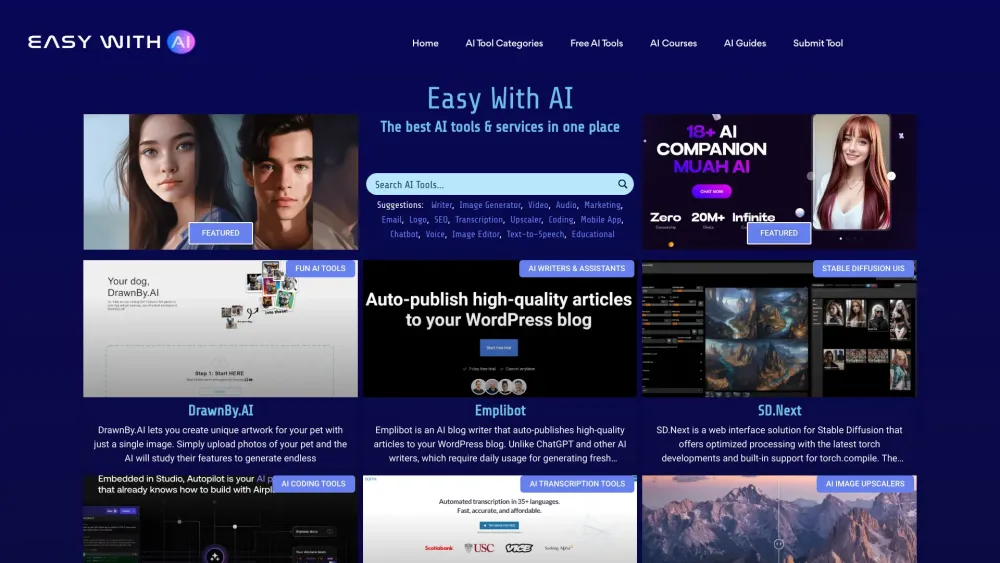In recent years, interest in artificial intelligence (AI) has escalated, with nearly a hundred companies worldwide launching products linked to large language models in just the past six months. China is currently witnessing a "battle of the models," with reports indicating over 130 firms engaged in large model research, including 78 focused on general-purpose models. Experts predict that the technological benefits of these advancements are just beginning to materialize. Niyi Li, Chairman of McKinsey China, stated at the 2023 Bund Conference that "the storm of generative artificial intelligence (AIGC) is set to usher in a new wave of technological and industrial transformation that will influence the next 8 to 10 years."
This "battle of the models" sees major players like Baidu, Alibaba, JD, Tencent, Huawei, and iFLYTEK making substantial advances in the AIGC sector, highlighting China's rapidly expanding generative AI market. The government has recently introduced the "Interim Measures for the Management of Generative AI Services" to regulate the development and application of this technology.
What does the current landscape of AIGC entail, and how will it empower industries? On March 16, Baidu launched its Wenxin large model, followed by Huawei's updated Pangu model on April 8, Sensetime's SenseChat on April 10, and Alibaba's Tongyi Qianwen on April 11. Other companies, including ByteDance and JD, soon followed with their own models.
"Language large models represent a major focus in AI and are crucial for achieving general artificial intelligence," stated Liu Cong, Vice President of iFLYTEK. He emphasized the importance of a long-term approach in enhancing China's cognitive models to "overtake on the bend" and "charge straight ahead." Despite existing challenges—such as chip technology deficiencies and high-quality data—Liu expressed confidence in China's extensive research and innovation, reinforced by governmental support.
On May 6, iFLYTEK launched the "iFLYTEK Spark Cognitive Model," which rapidly gained over one million users within its first 14 hours of public availability. Baidu's Wenxin model became publicly accessible on August 31, and the Baidu Cloud Intelligence Conference reported its Qianfan model platform serves nearly 10,000 enterprises across diverse sectors, from finance to transportation. Baidu's CEO announced plans for an upgraded 4.0 version of the Wenxin model.
Dr. Xu Li, Executive Chairman and CEO of SenseTime, noted significant advancements in large models and generative AI during this transformative period for the company. SenseTime's SenseChat, launched on April 8, is among China's earliest models based on a hundred billion parameters, emphasizing opportunities created by breakthroughs in technology.
Investment in generative AI is booming, with Zhang Yutong, Managing Partner at Jinsha River Ventures, reporting investments in the first half of the year have already surpassed last year’s total. Zhang predicts that AIGC will unlock substantial value across core organizational functions such as customer operations, marketing, software engineering, and product development. In the gaming sector, AIGC is anticipated to streamline workflows and inspire innovative gameplay.
In contrast to China’s rapid advancements, U.S. technology firms are focusing on applying AI to real-world scenarios. The challenge lies not just in model creation, but in effective deployment. Baidu's CTO highlighted significant enhancements in the Wenxin model with broad potential applications across various industries, though specific sector adaptations remain a challenge.
At the 2023 Bund Conference, Ant Group's CEO noted that large models signify not just a new technology but a revolutionary industry shift. Similarly, at the 2023 Tencent Global Digital Ecosystem Conference, Tencent introduced its Hunyuan model through Tencent Cloud, underscoring the need for industry-specific models derived from general ones.
As multiple large models roll out, they are poised to propel advancements in generative AI technology. Analysts emphasize that training these models requires substantial data and computing resources, while the significant investments from tech giants are expected to drive generative AI's evolution. This competitive landscape will foster technological progress and enhance the quality of products and services in the market.




